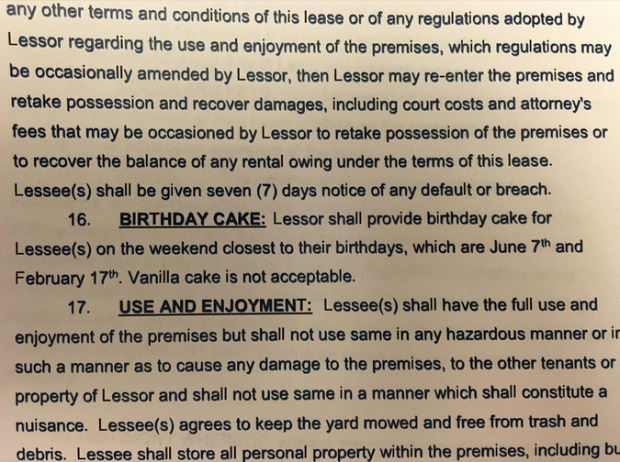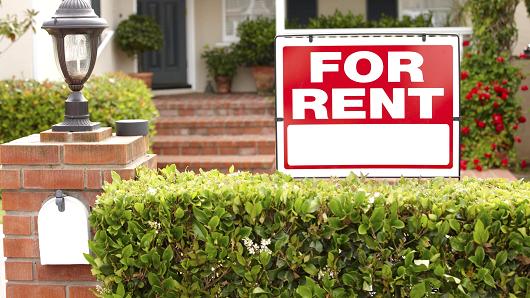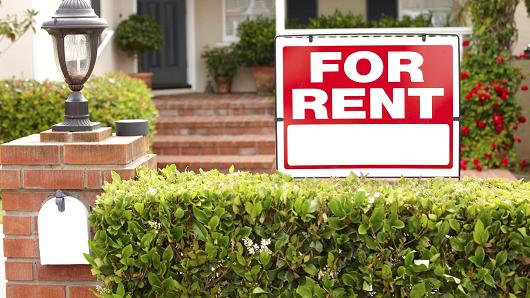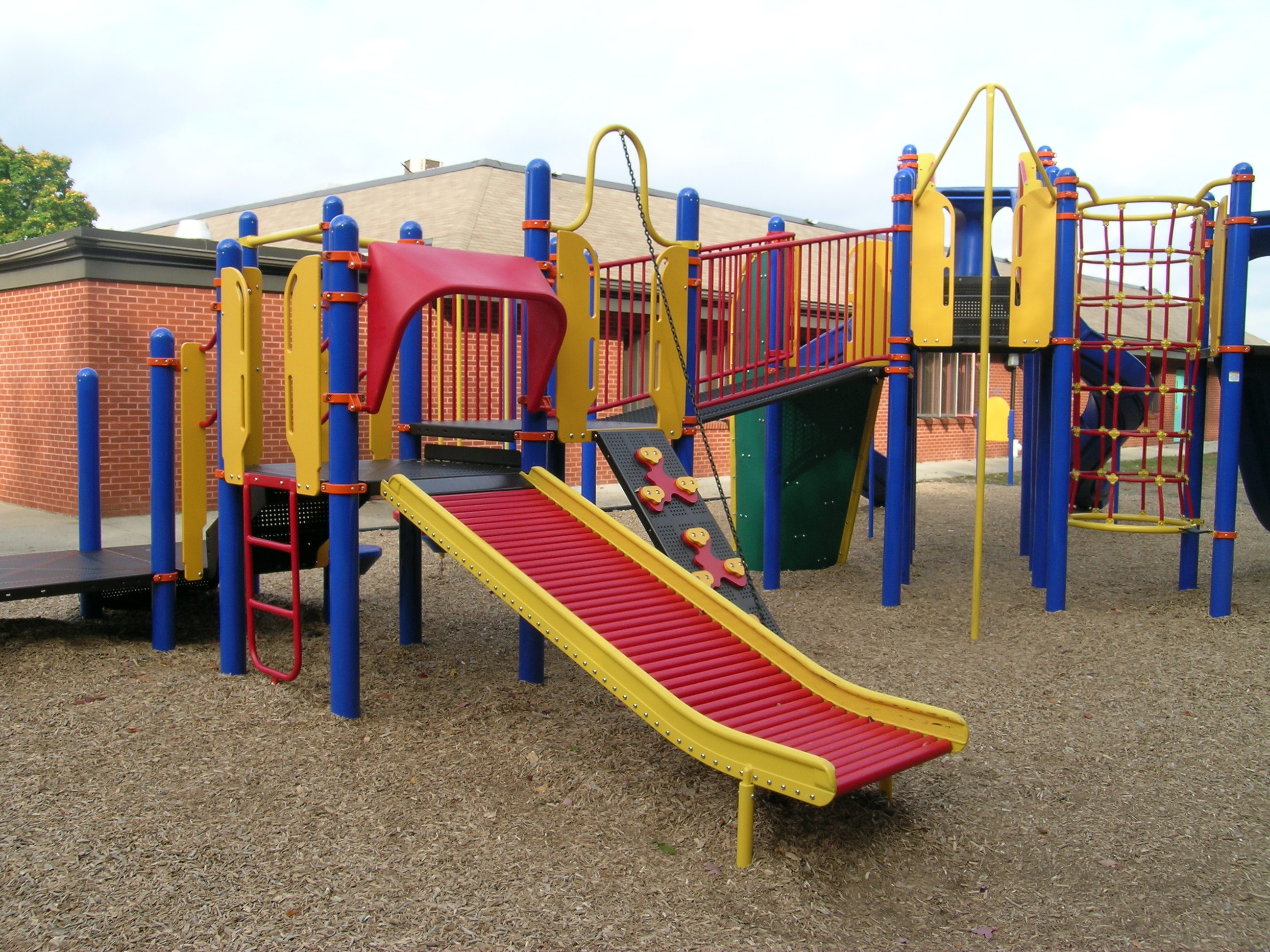 We used to get asked why the Tenant File is not in the cloud … it seems there are hundreds of property management software programs doing that, so web-based must the the next great new thing, right? No. Well, now we get lots of calls from property managers that are sick and tired of the ever escalating and unending monthly fees, downtime, and the high security risks. So I wanted to address how the Tenant File is doing . . .
We used to get asked why the Tenant File is not in the cloud … it seems there are hundreds of property management software programs doing that, so web-based must the the next great new thing, right? No. Well, now we get lots of calls from property managers that are sick and tired of the ever escalating and unending monthly fees, downtime, and the high security risks. So I wanted to address how the Tenant File is doing . . .
 Yes, the Tenant File DESKTOP Property Management Software is still going strong. Our user-base is growing every day. If you have tried moving to web-based software thinking that it will make your property management run smoother and are now tired of paying a monthly fee PER UNIT for some company on the ‘cloud’ to hold your important information and you now want to get back in control of managing your rentals, come back to the Tenant File. Throughout the years, we have made many important upgrades and additions to the Tenant File. To name a few:
Yes, the Tenant File DESKTOP Property Management Software is still going strong. Our user-base is growing every day. If you have tried moving to web-based software thinking that it will make your property management run smoother and are now tired of paying a monthly fee PER UNIT for some company on the ‘cloud’ to hold your important information and you now want to get back in control of managing your rentals, come back to the Tenant File. Throughout the years, we have made many important upgrades and additions to the Tenant File. To name a few:
The Tenant File Version 8 now includes up to ten Bank Accounts up from the original 3 Bank Accounts
- Additional posting fields were added to the POST RENT INCOME section, the screen that allows you to quickly post rent income from a large number of tenants very quickly, or just to post a few rents as needed. Additionally, this screen enables you to create a bank deposits for the rent posted, post management fees, post late fees received, and add another payment for any income account in the chart of accounts. You can even write a check to your own company for management fees posted.
- The Tenant File now allows you to have up to 6 different RECURRING FIELDS for charges that are in addition to the typical rent posting, management fee posting, and late fee charges. The recurring field amounts are kept in the Unit Information for every rental unit.
- Additional Reports were added to Version 8, such as the Ledger Balances Current (Compact), Owner Audit Report, Owner Profit and Loss Report, Owner Invoices , Late Rent/Late Fees Due , Security Deposits Receipts Posted, Tenant Balances Aging Report , Tenant Rent Payment Summary , Register – All Bank Accounts , Property MTD/YTD Summary, Company Profit and Loss Report, Tenant Balances (Range) , Owner Vacancy Listing , Tenant Delinquency By Owner – just to name a few.
- The new Security Deposit Disposition Screen allows you to easily take care of the deposit postings when your tenant moves out.
- The Owner Invoice allows you to take any posting (or multiple postings) in the ledgers and create an invoice for those transactions. This is actually a report, so it is accessed from the Reports screen.
- The Tenant File now supports any number of Automatic Rent Increases, for any rental unit, and for any date in the future. On the screen below, you simply select the rental unit, enter the amount and date of the increase, and the program will do the rest.
- Automated Late Fee Postings were added with release of the Tenant File 8. It allows you to set the late fee individually for each tenant separately in the Tenant Ledger under ‘Setup/View Fees’. So, if you charge late fees differently for different tenants, you charge DAILY LATE FEES and you want them to be automated, or if you simply want a hands off’ method for late fee posting, this method is for you.
- Upload Vacancies to the Web – Version 8 entitles you to a no obligation ONE YEAR subscription to RentalWIZ, which provides you a free web page branded for your company, uploads to other Internet rental sites, and more!
 If you have an older version of the Tenant File and are ready to get back to running your property management business in your own office, you can order the Tenant File update and STOP paying monthly fees for your own software. If you have never had the opportunity to try the Tenant File DESKTOP Property Management software but have been looking for a reliable desktop software program that has been on the market for over twenty years with thousands of happy customers, click into www.TenantFile.com to review our program. The Update purchase includes a month of free phone support to assist you with familiarizing yourself with the software while new purchases include two months of phone support. Plus, users have the ability to use the WEB SUPPORT Ticket System that will continually provide answers to all individual questions at no additional charge. We know that you will be happy with how smoothly and simply the program will take care of all of your property management needs – right from your own computer.
If you have an older version of the Tenant File and are ready to get back to running your property management business in your own office, you can order the Tenant File update and STOP paying monthly fees for your own software. If you have never had the opportunity to try the Tenant File DESKTOP Property Management software but have been looking for a reliable desktop software program that has been on the market for over twenty years with thousands of happy customers, click into www.TenantFile.com to review our program. The Update purchase includes a month of free phone support to assist you with familiarizing yourself with the software while new purchases include two months of phone support. Plus, users have the ability to use the WEB SUPPORT Ticket System that will continually provide answers to all individual questions at no additional charge. We know that you will be happy with how smoothly and simply the program will take care of all of your property management needs – right from your own computer.





